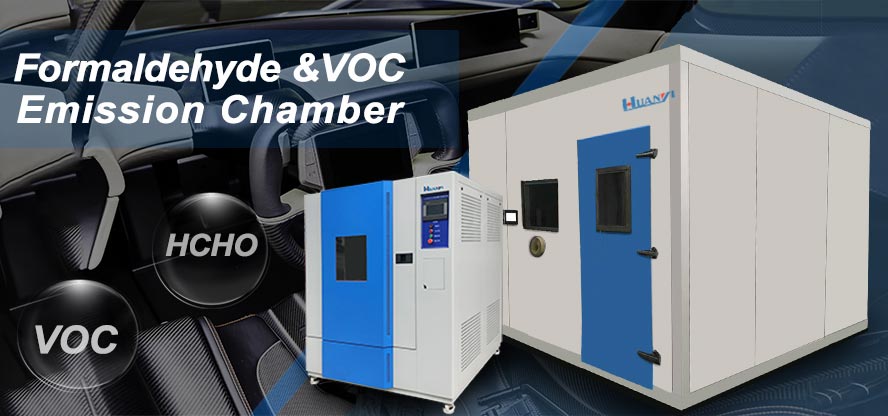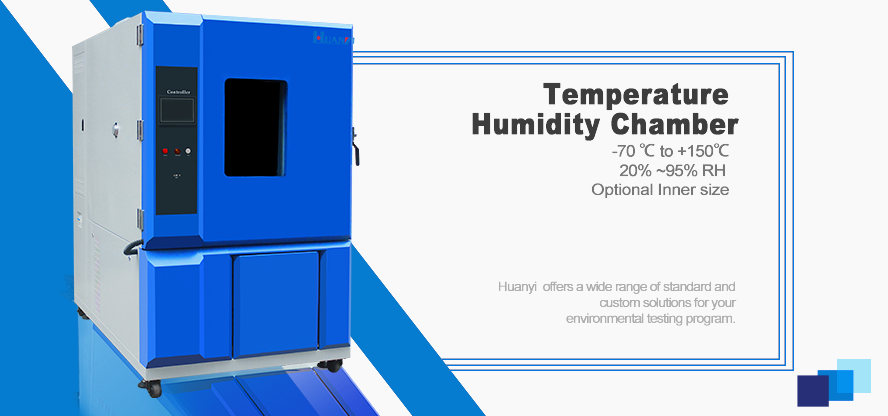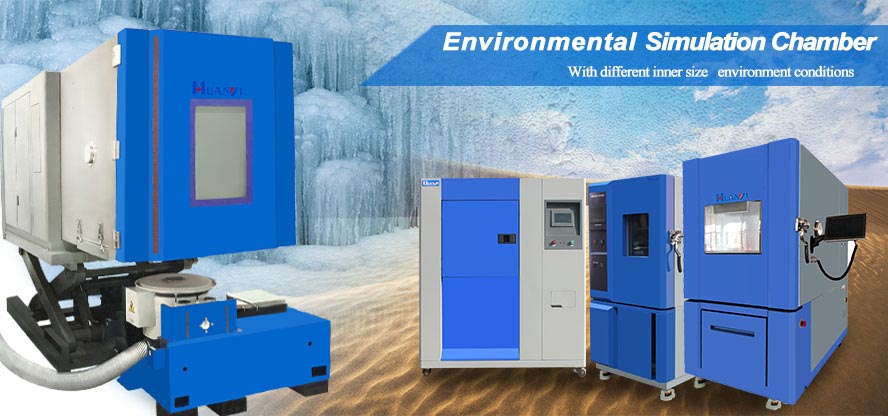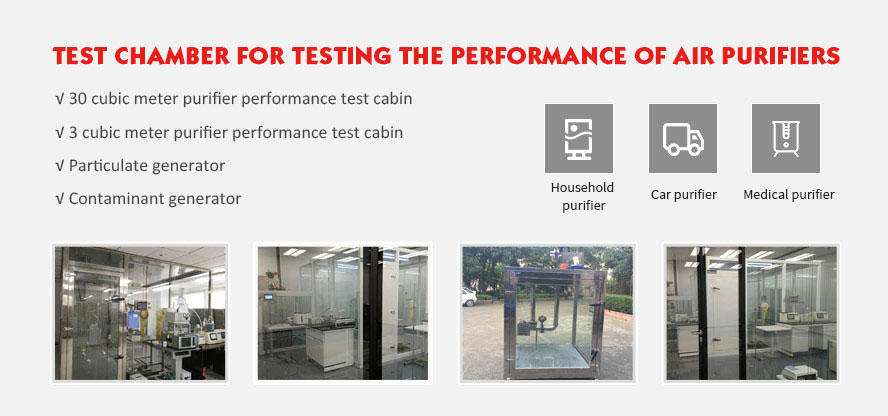Potential Defects in Environmental Stress Screening Test Chamber (ESS)
The Environmental Stress Screening Test Chamber (ESS) is a process that applies reasonable environmental and electrical stress to electronic products, ignites the "potential defects" inside them into failures, and discovers and eliminates them through inspection. Prior to the ESS program, product defects should be studied first, that is, product defects are a prerequisite for developing ESS. According to the characteristics of defects, product defects can be classified as follows:
1. According to the source of dating defects, it can be divided into design defects, production defects, component and raw material defects.
2. Classified by detectability, it can be divided into obvious defects and potential defects.
3. According to the ESS effect classification, it can be divided into ESS energy excitation and defects that cause failures. ESS cannot excite and defects that cause failures.
Generally speaking, the environmental stress screening test box of the element is more than the ESS, and the difference is large.
The currently used component screening methods in China are as follows:
a) Visual inspection: Use a 10x magnifying glass to check the appearance, leads and materials for defects.
b) Temperature cycle: Expose the components to the specified extreme high temperature and extreme low temperature alternately, and continuously withstand the specified conditions and cycles. The total transfer time from cold to hot or hot to cold does not exceed 1 min. Not less than 10 min.
c) High temperature life (non-operation): According to the life test requirements specified by national standards, the components are stored under the specified environmental conditions (usually the highest temperature) for the specified time.
d) Electric power aging: According to the derating conditions to achieve the purpose of aging at the highest junction temperature, the aging power is selected according to the conditions specified by the components.
e) Sealing test: For components with a cavity, check the leak first and then check the leak first.
f) Electrical parameter test (including test of withstand voltage or leakage current): conducted according to the product technical specification contract.
g) Functional test: Conducted in accordance with the product technical specification contract.
Environmental Stress Screening (ESS) refers to the use of additional environmental stresses to make potential problems in electronic product research and development, design, and production processes, and early exposure to early failures caused by bad components, manufacturing processes, and other causes occur. Give corrections and replacements.









